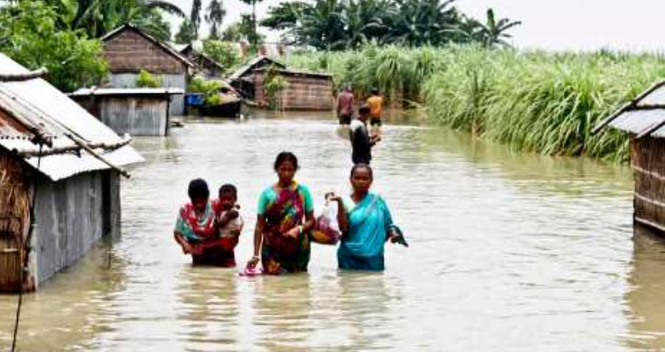
The breakdown of social structures and chaos following a disaster create an environment where women are more vulnerable to gender-based violence (GBV). Many authors have denounced the occurrence of GBV in this setting. For instance, in 2004, the CEDAW Committee pointed out the need for attention to specific vulnerabilities of women, particularly to GBV, during the tsunami in South-East Asia. Similarly, Rashida Manjoo, Special Rapporteur on violence against women, its causes and consequences, and Walter Kälin, Special Rapporteur on the human rights of internally displaced persons, reported the prevalence of GBV and the increased vulnerability of women in the aftermath of 2010 Haiti earthquake.
Disaster Law Working Paper Series’ Paper No. 3 examines this issue from a legal perspective. It explores how both national and international legal frameworks address GBV in disaster settings or how they could be used to address it. To illustrate a concreate situation of women’s vulnerability in the aftermath of a disaster, it presents Haiti earthquake as a brief case study and analyses national judicial system issues related to GBV, notably barriers to criminal procedures for violence against women.
Based on these findings, the paper suggests different strategies conforming with international standards to better address the issue of GBV in disaster settings:
- Research and data collection: There is a need for more research and data collection on GBV in emergency settings to better appreciate the issue, understand its causes and find ways to prevent it. This also requires simultaneous assessment of existing legal frameworks and barriers to victims’ right to access to justice.
- Women’s participation: Women should actively participate in designing and implementing policies and programmes related to disaster management. Their involvement not only ensures that these policies and programmes address the root causes of GBV vulnerabilities but also enhances their effective implementation.
- Humanitarian assistance: Because of women’s increased vulnerability in disaster settings, it is recommended that both governments and humanitarian organisations mainstream gender into disaster planning and response programmes. For example, a priority should be to incorporate women’s safety concerns and needs to the design and construction of infrastructures. This strategy could reduce risks of GBV and ensure that appropriate services are offered to victims.
- Accountability: In disaster settings, the breakdown of social structures can hinder accountability mechanisms. Nonetheless, States should ensure that accountability mechanisms are established, implemented and enforced to address GBV. The legal framework should ensure victims’ protection and perpetrators’ accountability. In addition to prosecuting perpetrators, as the State bears the main responsibility to protect its civilians, it should be held accountable when it fails to do so.
- Educate and raise awareness: Pre-existing vulnerabilities are reflected and exacerbated in disaster settings. It is therefore important to address GBV issues through education and awareness raising programmes a preventive measure.
Click here to read the paper.